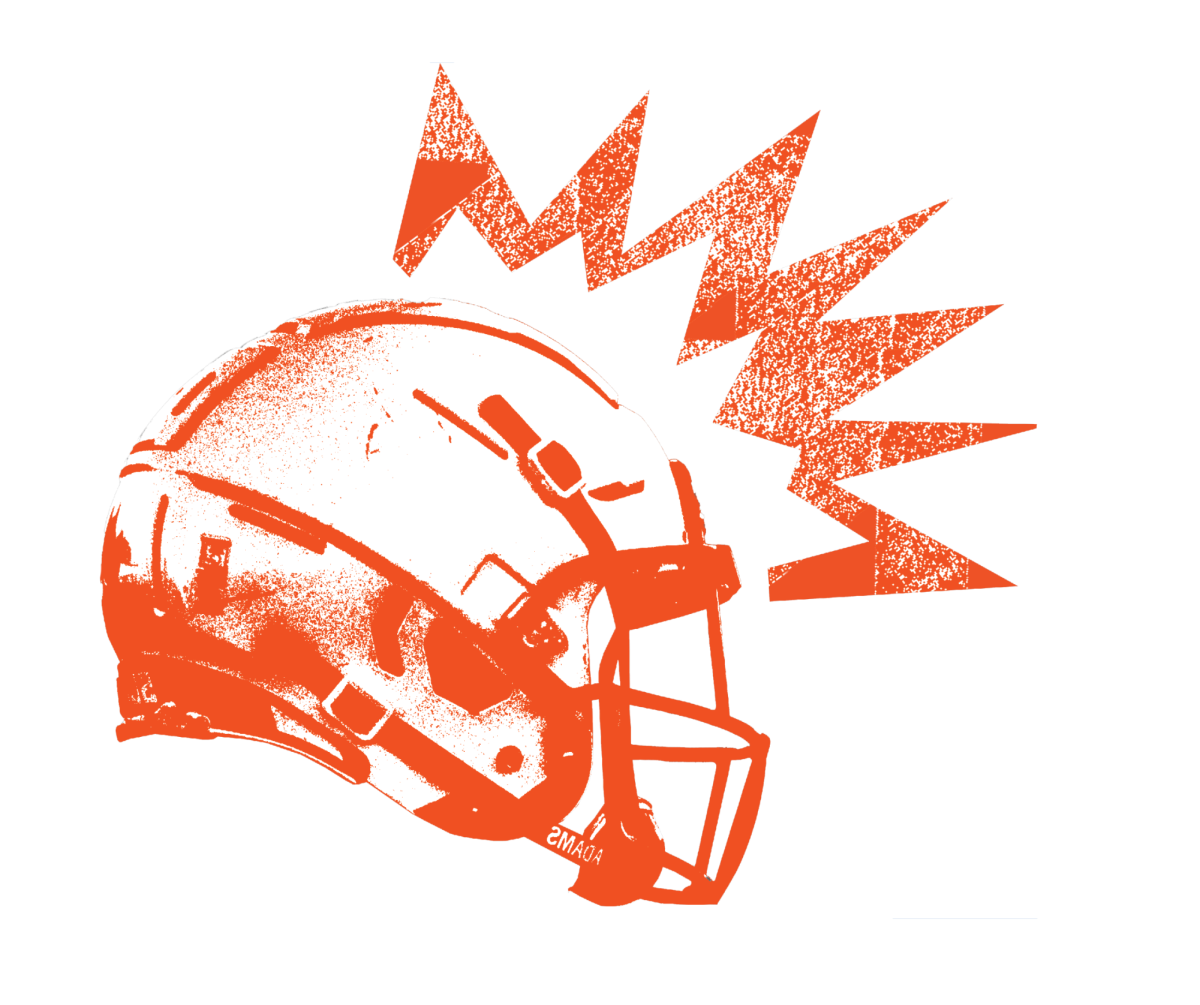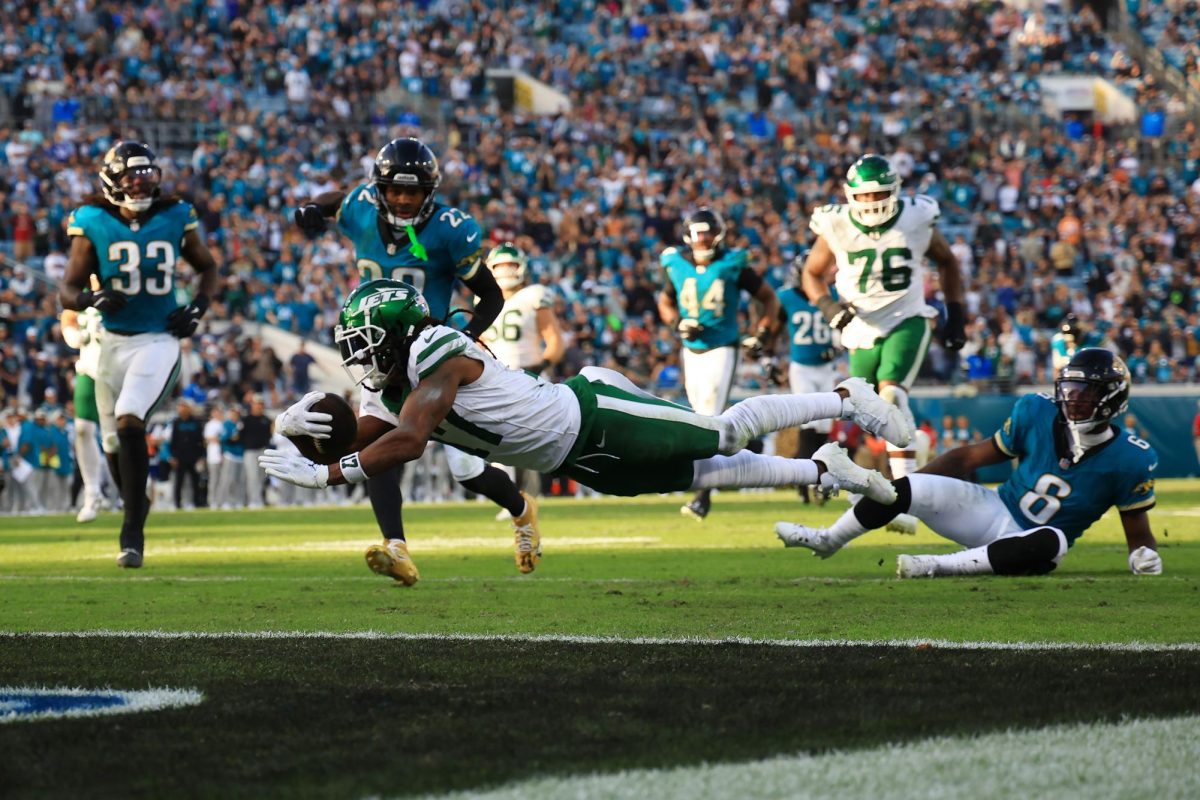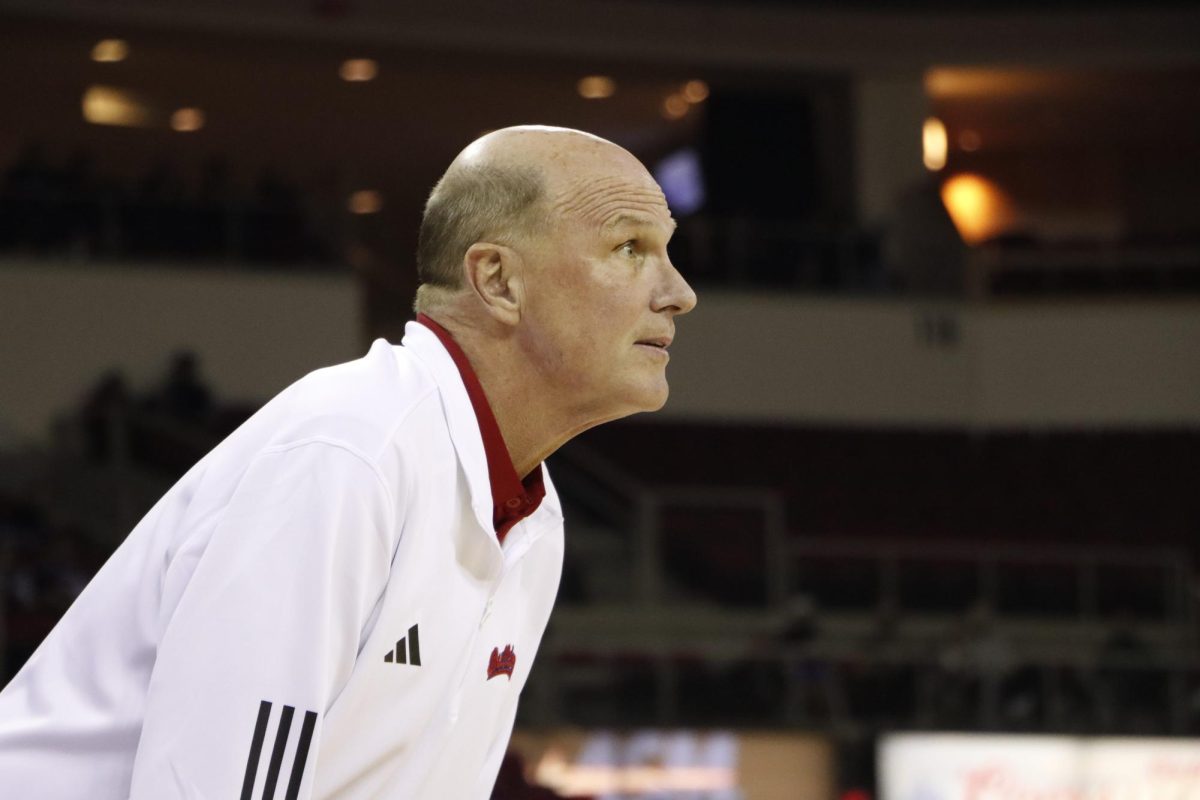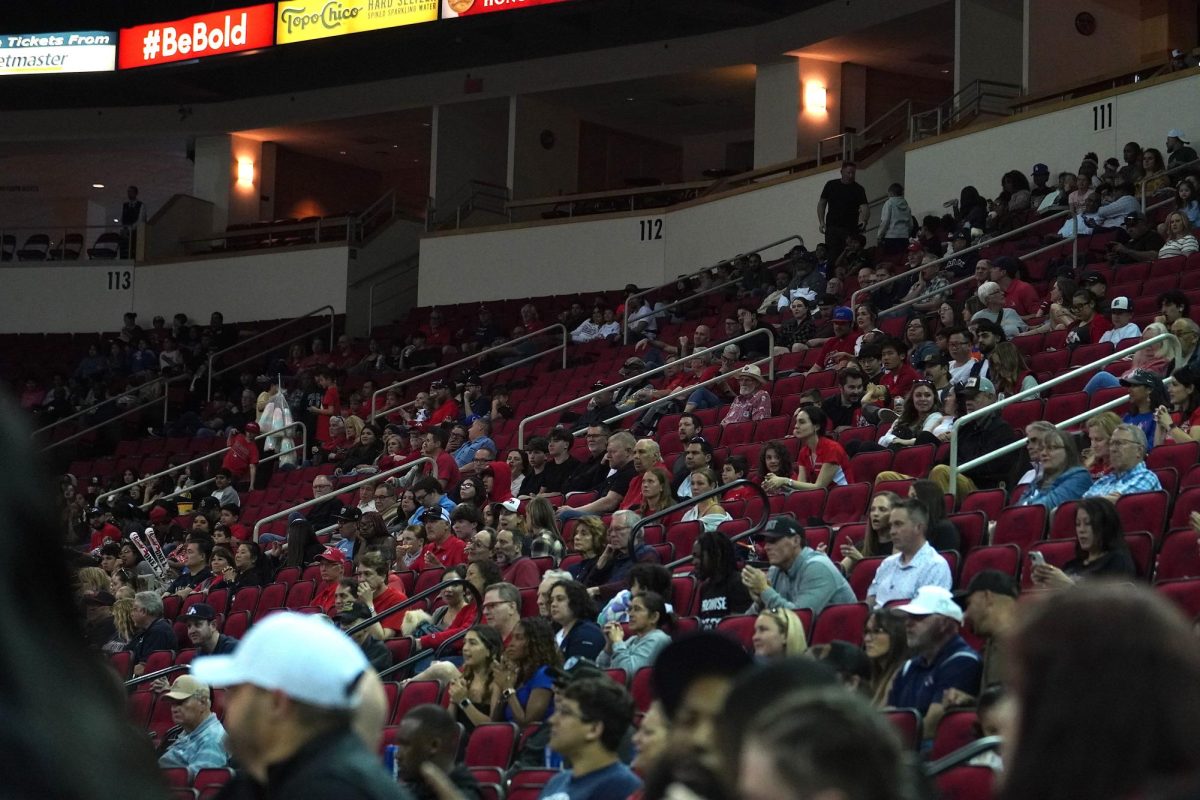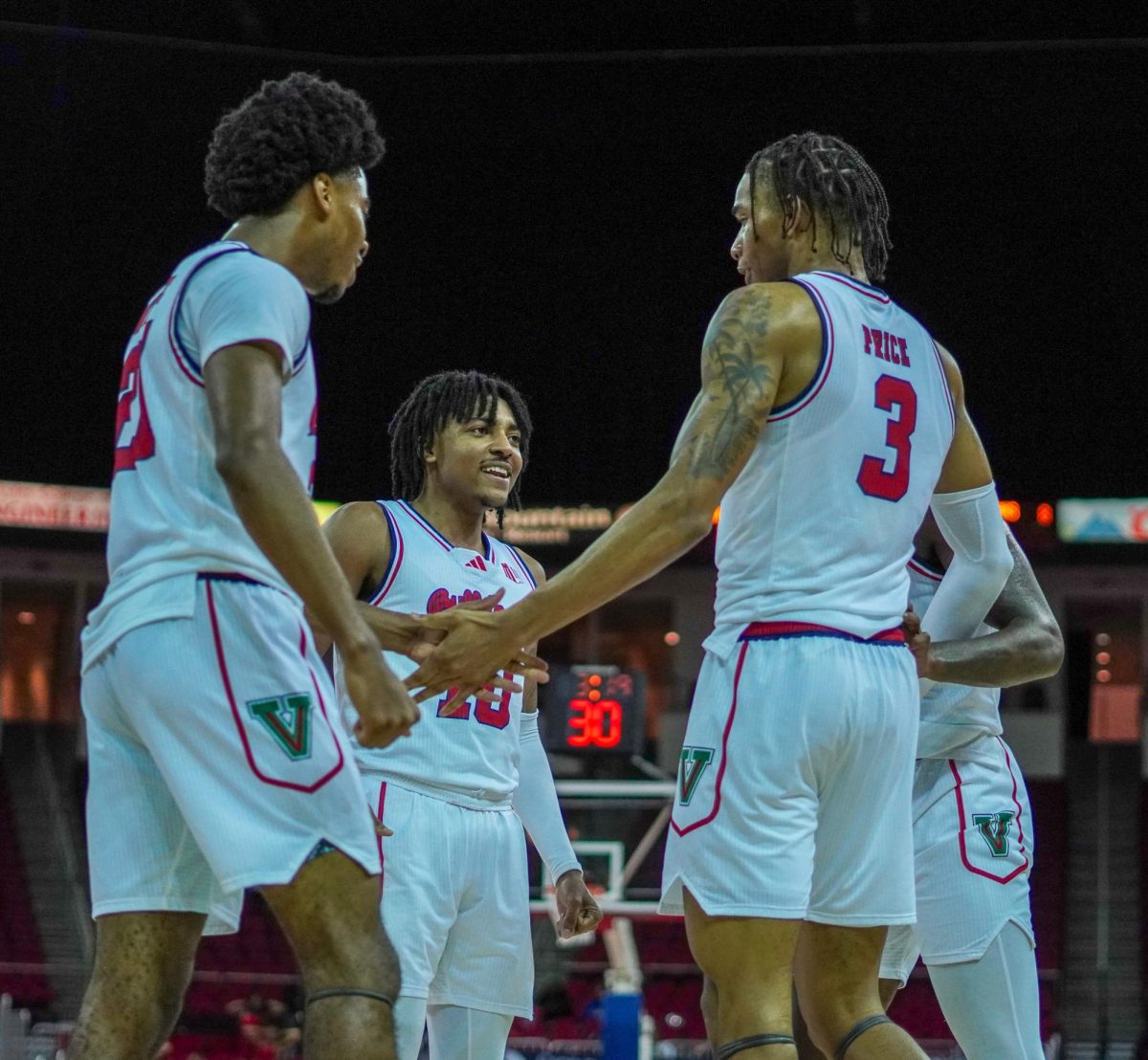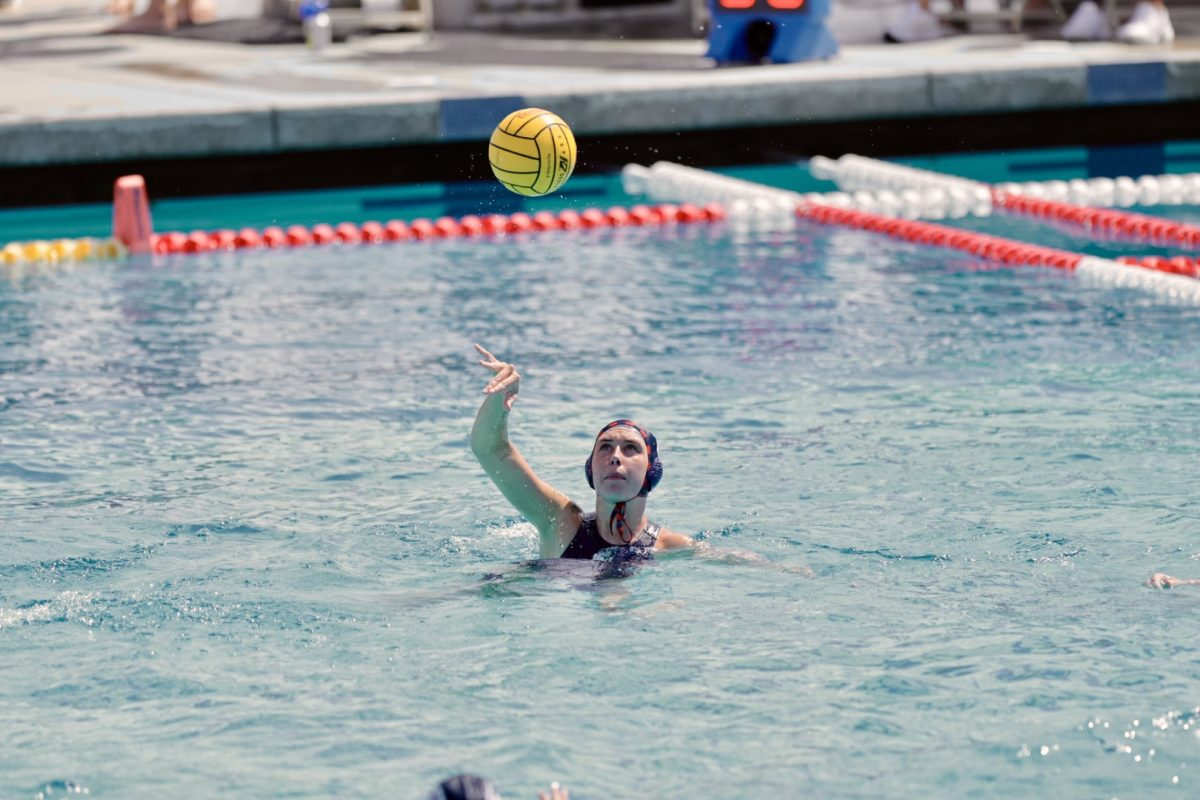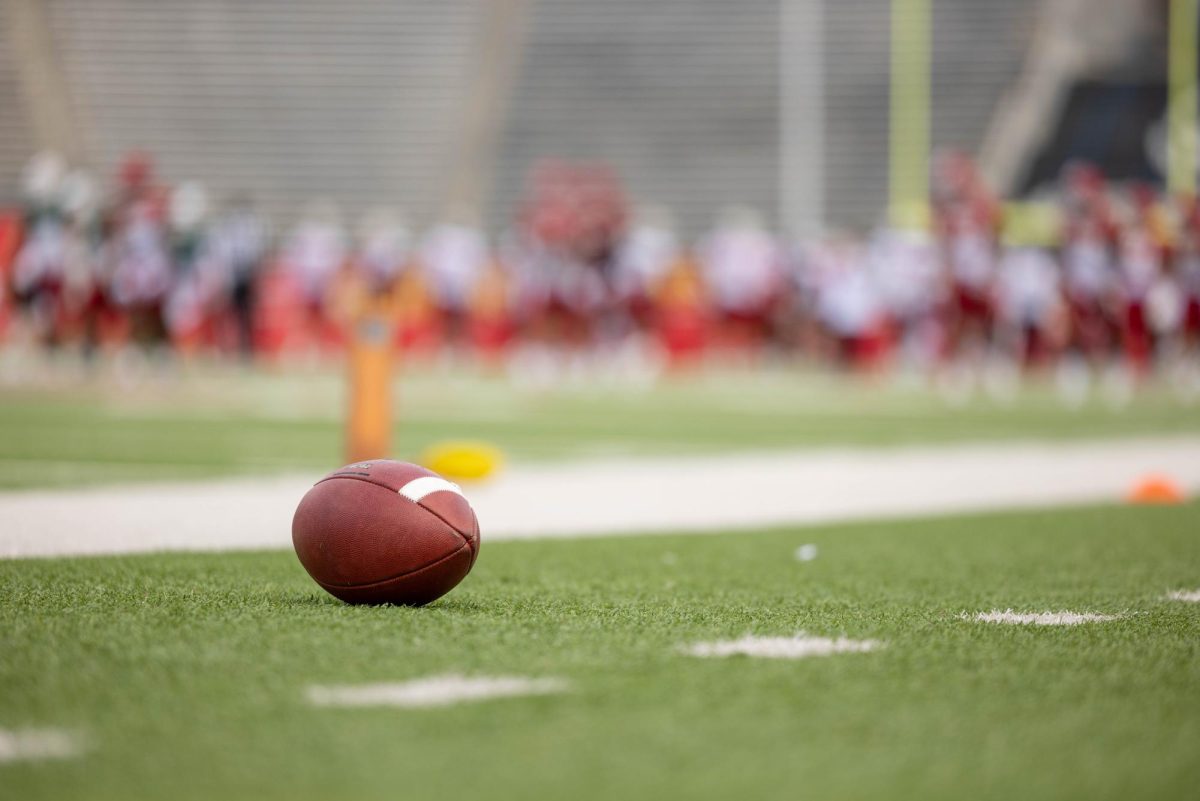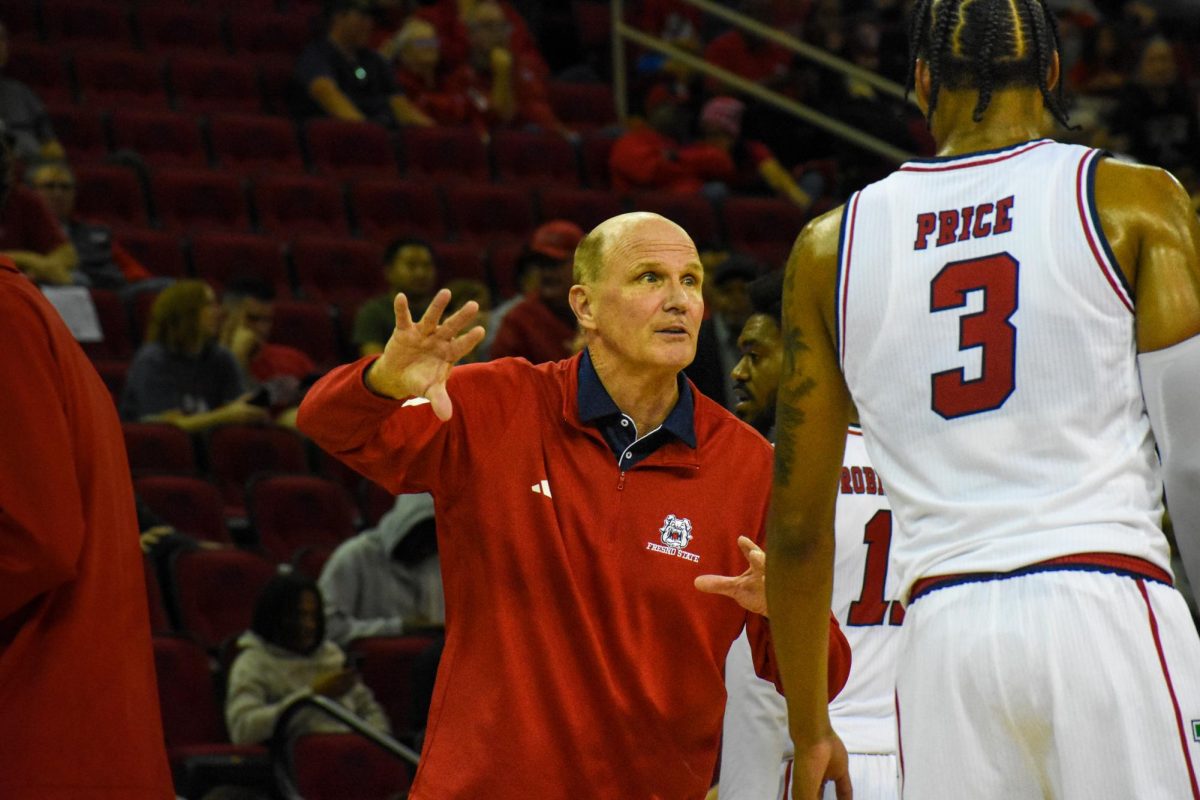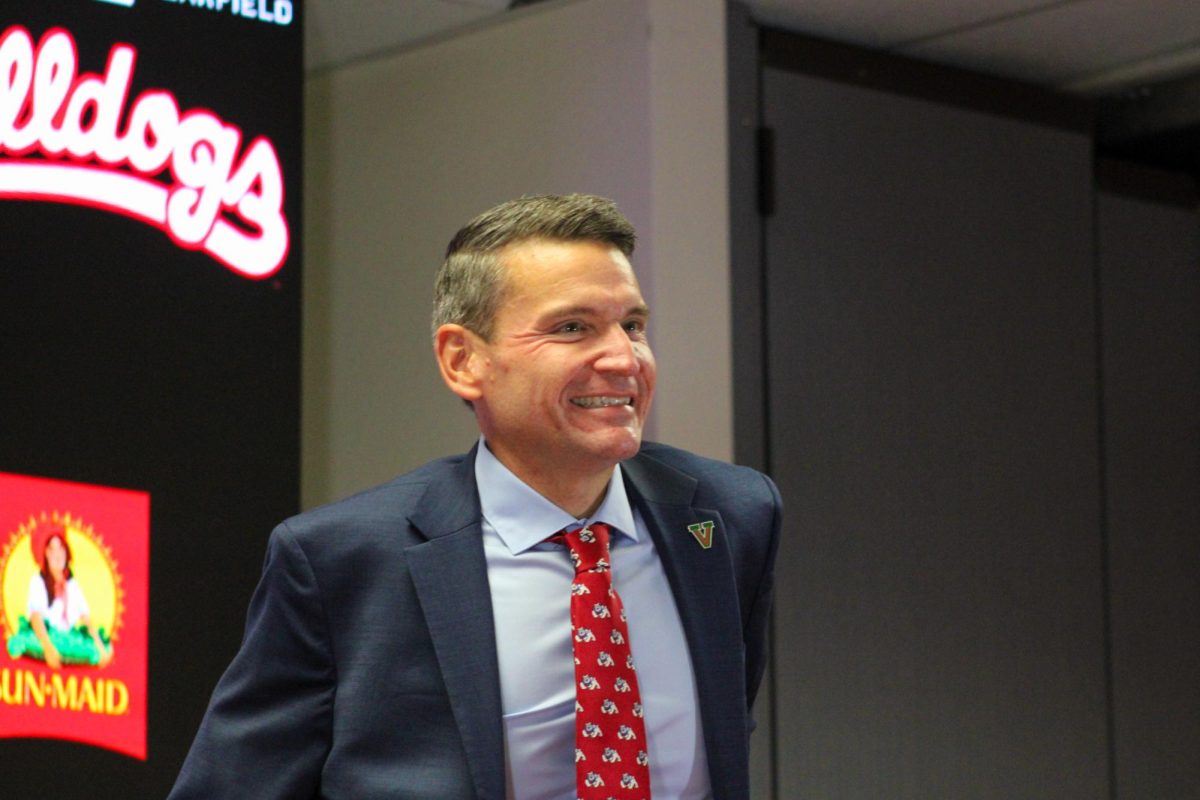Playing a sport always comes with a risk of unpredictable injuries, including concussions.
Fresno State shared the NCAA concussion management plan for faculty in September. The plan has six different phases with guidelines that need to be followed throughout the recovery process. For example, in Phase 4, exams are limited for the student to one a day, with at least one day’s rest between exams.
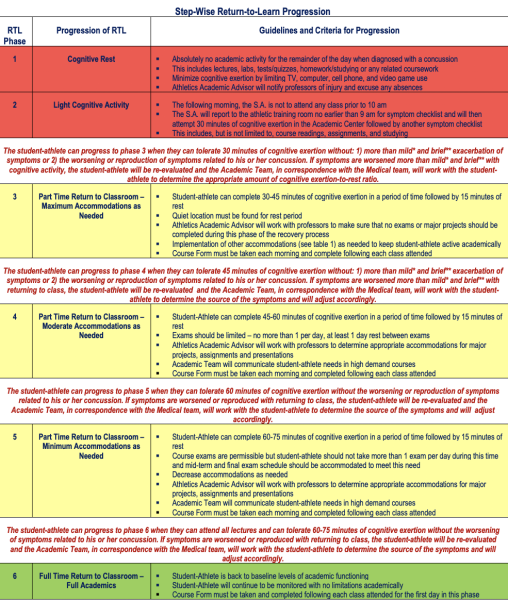
Full-contact sports, especially college football, are associated with the injury. USA Today reported that in 2018, 147 college football programs had at least one player that was diagnosed with degenerative brain disease chronic traumatic encephalopathy (CTE), which is caused by having multiple concussions.
Former Fresno State football player Ben Simonds suffered three concussions during his first year as a redshirt, which led him to quit college football due to his own health concerns before even playing a game, he told the Desert Sun in 2018.
 However, athletes in other contact sports in the NCAA and at club sport levels such as soccer, basketball, softball and rugby can also suffer from concussions. The injuries sometimes even go unnoticed.
However, athletes in other contact sports in the NCAA and at club sport levels such as soccer, basketball, softball and rugby can also suffer from concussions. The injuries sometimes even go unnoticed.
Bella Brandt plays flank for the Fresno State women’s rugby team and shared with The Collegian that she had gone through an undiagnosed concussion that occurred during the Spring semester in a game against Stanford. She was head-butted by another player, which split the other player’s face open. It caused her to slur her speech and walk abnormally.
She was taken out of the game and asked to fill out a 30-question form on her injury, which made it a frustrating situation for her.
“So I really thought I was fine. But also my eye swelled shut. I could only see out of one eye, and they’re still asking all this of me, like, c’mon. And then [they] asked, ‘Do you think you have a concussion?’ and I told them ‘No, no I’m fine. I’m just tired because they were making me run on that field,’ and they kind of just took my word for it, which is, like, stupid because I got hit really hard. And I’m talking all funny and all I have to say is, ‘I’m fine’ and they’re like, ‘OK you’re good,’” Brandt said.
Following the injury, she said she was not sleeping normally for three days, got headaches for several weeks and had bad balance. She has had a couple of concussions in the past and said that since those previous concussions, she is really prone to headaches and sensitive to light.
“After a long day, I like to be able to work out or go to practice and it was hard having to step back from that for a while, but obviously it was for the better,” Brandt said. “So it does scare me that something I’m doing, that I really love and enjoy doing, could affect me.”
A concussion happens to a person when there is a cosmic shift of the polarization of the neurons in the brain. This shift is made through a mild form of traumatic brain injury (TBI), which can be done through a direct or indirect force.
The injury can cause a lot of short term pathophysiological changes in the body, both on a macro and micro level. Some of these symptoms can be sensitivity to light, sensitivity to sounds, headaches, nausea, sleep disturbances, mood disturbances, short-term memory and errors in long-term memory.
Once those symptoms are resolved, a series of tests are done to determine how the brain is functioning. Everyone’s brain is different, so the results are never the same.
Jennifer Adame-Walker is an associate professor in the physical therapy department at Fresno State and is the director of the outpatient physical therapy clinic at the Student Health and Counseling Center.
She shared what protocols are used for club sports on campus prior to their season in order to help with concussions.
“They’re [club sports] required to do a cognitive baseline test … it’s called Impact, and it’s a computer test that tests their memory and their word finding and number of different cognitive areas and it gives them a baseline score,” Adame-Walker said.
This test is done in a quiet place where there are no distractions so that it can document the reaction time, memory and the cognitive aspect of the brain. The baseline test would then be compared to the test that is done after suffering from a concussion to assess how the brain is healing.
One of the many athletes at Fresno State who has gone through this baseline test is Kristy Yeung of the women’s rugby team.
Yeung sustained a concussion last season and another one this past summer. With each recovery period being different, her first concussion took three and a half weeks while her second took two weeks to heal.
“Last season when I was cleared, I was excited to come back. I was excited to play. I felt ready. I felt good,” Yeung said.
Yeung shared that she felt nervous returning to play after getting cleared from her second concussion because she knew that having two concussions in a short time period can be detrimental to her health.
“Looking back this past summer, I think I still had some symptoms [and] residual feelings from the concussion where I probably wasn’t 100%, but as a student-athlete you want to be back as soon as possible,” Yeung said. “So looking back, I probably could have sat out another week or two.”
The injury along with school responsibilities caused her stress and discouragement
The word “concussion” means to shake violently, said Nicholas Wright is a full-time lecturer at Fresno State in the Master of Science Athletic Training program, whose dissertation topic was on concussions.
“Every once in a while, you get some more severe cases or some that [are] prolonged weeks or even months depending on the case and the person and some of the management styles,” Wright said.
In order to be able to heal from a concussion, the person needs to rest and limit activities that need mental concentration.
Once that has been done for the necessary amount of time, a medical clearance is required to be able to resume activities. That poses yet another issue, Adame-Walker said.
“The biggest problem seems to be that they’re falling through the cracks and all that an athlete needs is a medical clearance from some medical person in order to say that they’re OK to go back to play, so they could get that from a dermatologist who has zero training in concussion.”
Concussions are not preventable but there are things that can be done to reduce the risks.
Some of those include updating different designs for football helmets, using neck guards to take some pressure away from the brain and having wearable technology that measures the force that goes into the brain.
Adjustments to the way of play are also done as preventive measures for concussions.
“The NFL has changed how you can hit, making contact with the head of an opponent, leading with your head during a tackle [will] get you penalties. They even institute some ejections for some helmet-to-helmet [contact] in the collegiate setting,” Wright said. “We’ve got some technologies. We’ve got some equipment that we are continually having researched on to try to create a safe environment for players to protect their brains.”
Concussion management at the collegiate level is a group effort between medical professionals, coaches, professors and student-athletes. Yeung urges everyone to take the time to get informed and educated on the topic so they can be ready to approach the situation if it happens.





